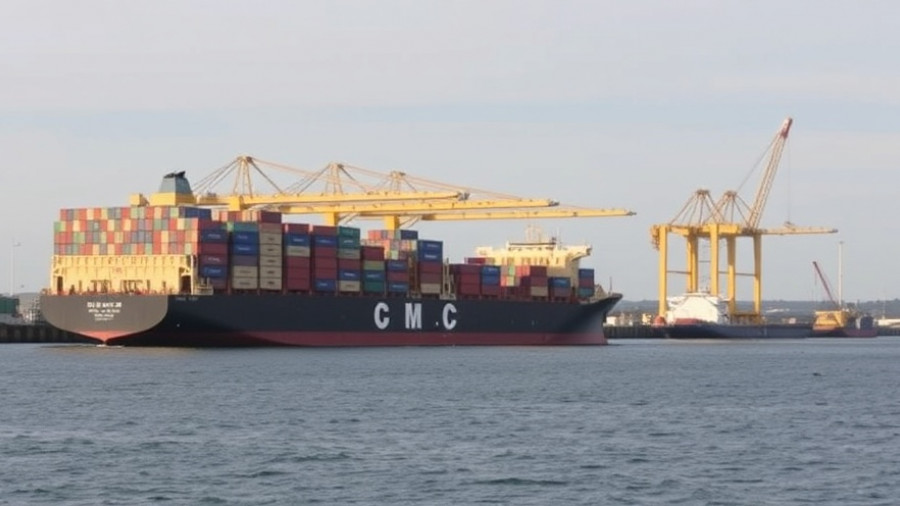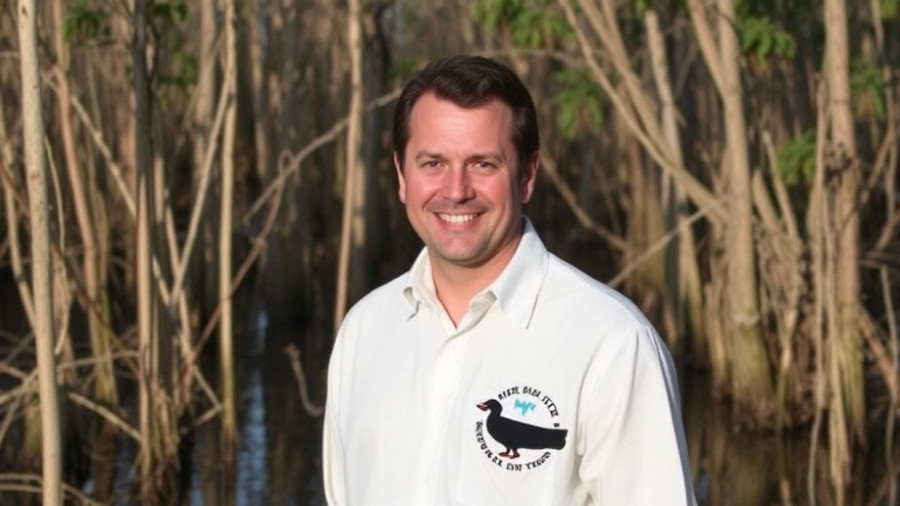
Renewable Energy Keeps New England Power On During Heat Waves
On June 24, as New England faced record-breaking temperatures exceeding 100 degrees Fahrenheit, renewable energy resources emerged as crucial players in preventing widespread blackouts. According to a report by the Acadia Center, more than 5 gigawatts of behind-the-meter solar power offered essential support during this peak demand period. This remarkable energy contribution came despite the highest electricity usage the region had seen since 2013, with demand peaking at 26,024 megawatt-hours (MWh).
Understanding the Impact of Solar Power
On that scorching summer day, solar power accounted for an impressive 22% of the total energy consumed in New England. Residents equipped with solar panels not only played a part in maintaining grid stability but also enjoyed significant savings amid soaring electricity prices. While wholesale prices surged beyond $1,000 per MWh, users with behind-the-meter solar systems collectively saved more than $8.2 million, with estimates suggesting total savings could be around $19.4 million for that day alone.
The Role of Energy Efficiency and Storage
Furthermore, energy efficiency initiatives also helped keep the lights on. Acadia Center reported that these initiatives helped reduce peak demand by approximately 2 gigawatts. Vermont's Green Mountain Power exemplified smart energy management with its extensive battery storage solutions. By effectively utilizing residential and electric vehicle batteries, the utility managed to alleviate significant grid pressure, ultimately saving customers around $3 million in the process.
Critical Insights on Clean Energy Investments
Despite these successes, the future of renewable energy investments hangs in the balance. Cuts to the Inflation Reduction Act threaten to limit the growth and reliability of clean energy sources, which could jeopardize efforts to similarly manage peak demand in the future. Jamie Dickerson from Acadia Center emphasized the correlation between the success of clean energy initiatives and diversified energy portfolios. As energy resources become susceptible to outages or equipment failures, relying solely on fossil fuels could lead to significant risks for consumers.
How This Affects Homebuyers and Property Investors
For homebuyers and investors in the Dumfries market, these developments underscore the importance of considering renewable energy resources in property evaluations. Homes equipped with solar power systems not only provide potential cost savings but also contribute to grid resilience during extreme weather events. Investing in energy-efficient properties can translate into long-term financial benefits, and residents can feel good knowing they are supporting a sustainable future.
Looking Ahead: Opportunities in Clean Energy
The current landscape of renewable energy presents a wealth of opportunities. Homebuyers looking into properties with solar installations or energy-efficient designs can foster both personal financial savings and environmental benefits. As more landlords and homeowners recognize the value of sustainable practices, the potential for increased energy independence and lower utility bills could redefine the future of real estate investment in Dumfries.
In conclusion, the events of June 24 highlight the critical role renewable energy plays in supporting residents during extreme weather. For prospective homebuyers, understanding and investing in properties equipped with sustainable energy solutions could yield significant advantages both economically and environmentally.
For more insights into how renewable energy may impact your future home investment in Dumfries, consider exploring properties that emphasize solar energy integration and overall energy efficiency.
 Add Row
Add Row  Add
Add 





Write A Comment